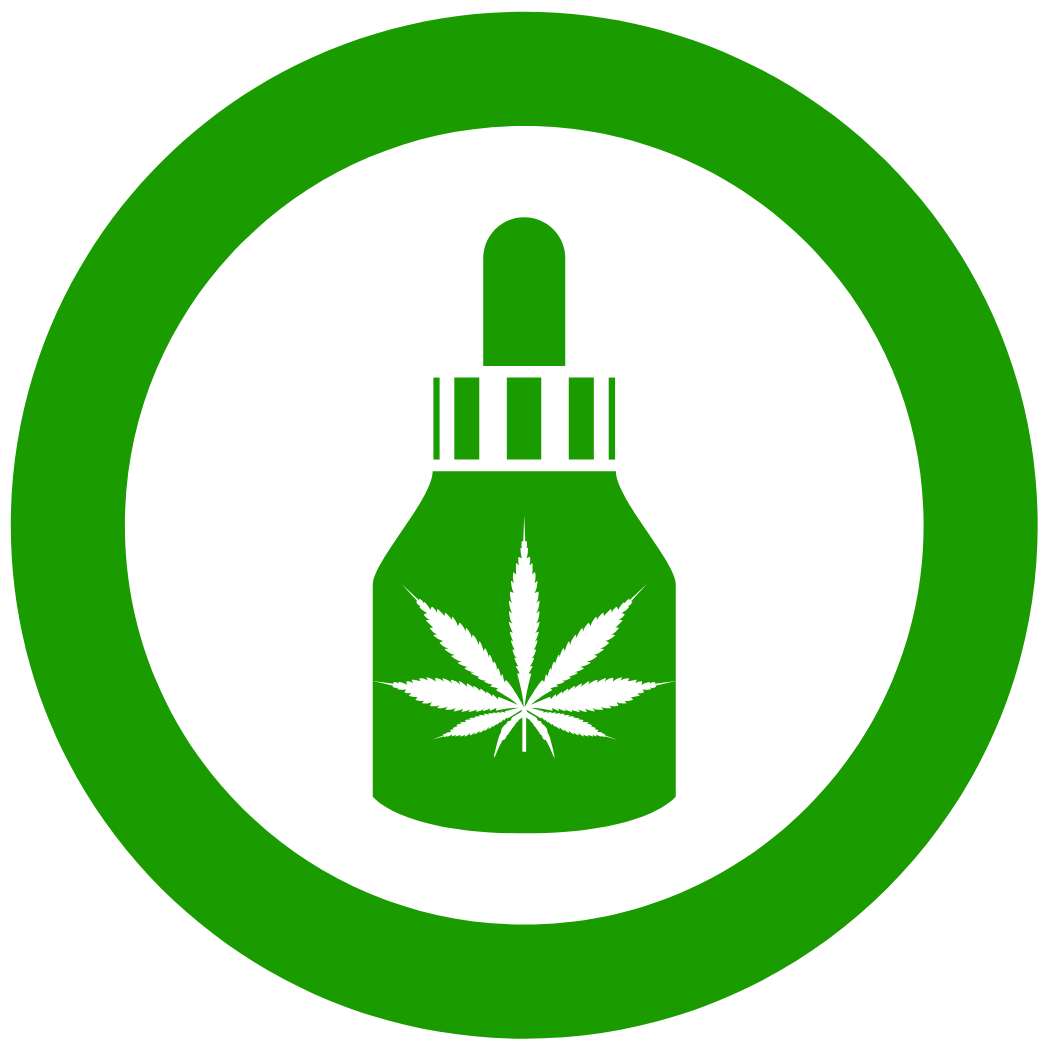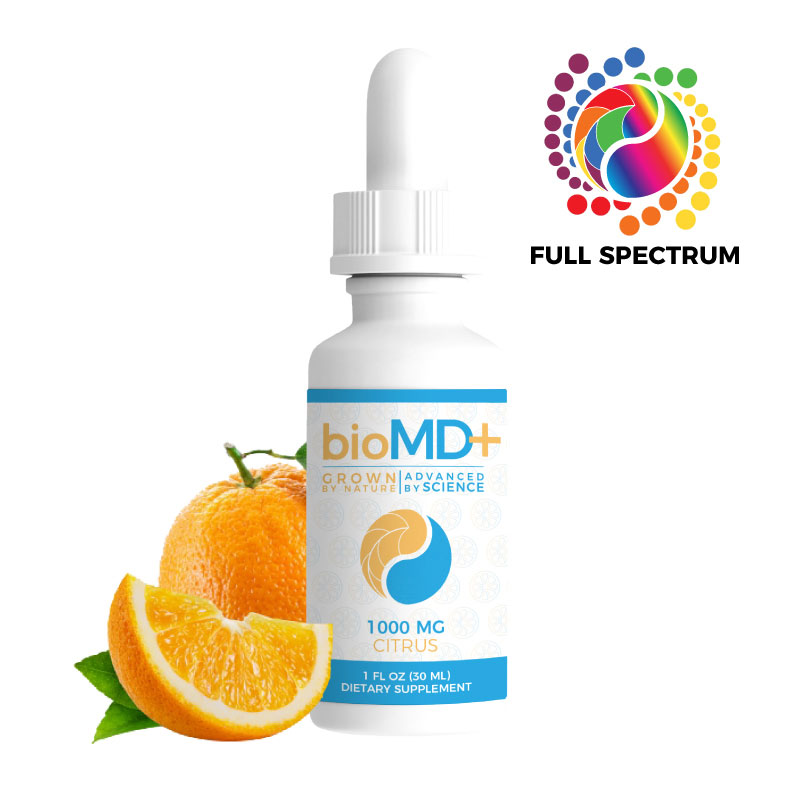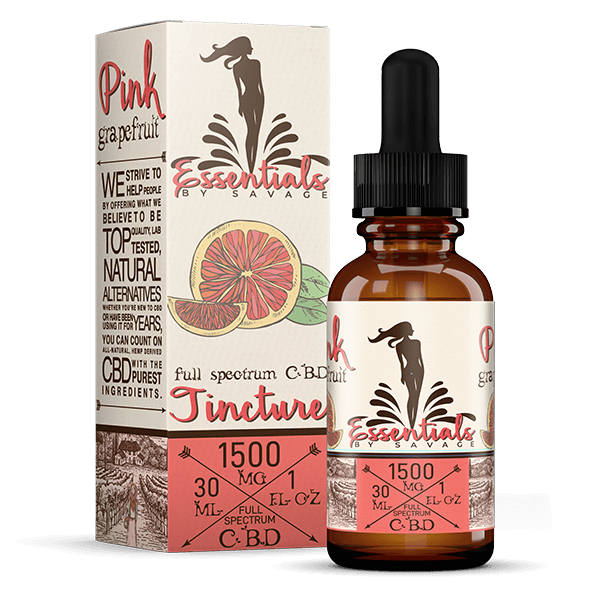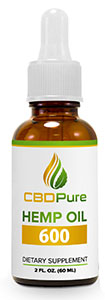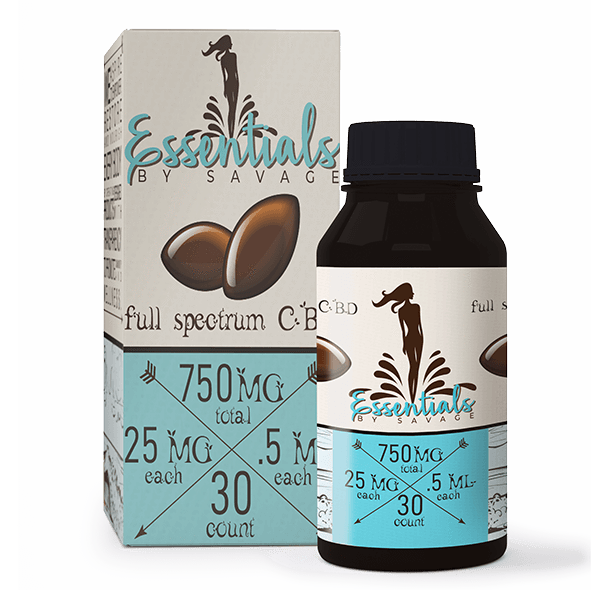
How Does It Work?
CBD may help with weight loss due to how it behaves within the human body; namely, by how it interacts with the body’s own endocannabinoid system. This system responds to two different cannabinoid receptors, CB1 and CB2. CB1 receptors are found mainly in the brain and central nervous system, whereas CB2 receptors are found throughout the entire body. CBD doesn’t activate these receptors directly, but rather influences the body’s own naturally-produced cannabinoids to either block or off activate the receptors. It has been found that CB1 receptors are more widespread in the fatty tissue of people with obesity, suggesting some link between the endocannabinoid system and fat. As with any of the body’s other systems, the endocannabinoid system behaves optimally within a particular range – over-activity and under-activity can create a range of subsequent issues. There are many claims about CBD and how it can help with weight loss, with various pieces of supporting evidence, which we will examine below.
Claims And Supporting Research
Turns “Bad” White Fat Into “Good” Brown Fat
White fat is the best known and most predominant type of fat, the stuff that cushions your organs and acts as an energy reserve. It also increases the risk of several chronic conditions such as diabetes and heart disease. Brown fat, on the other hand, finds its main purpose in burning calories to generate heat. People who are a healthy weight tend to have more brown fat than the average overweight person. This type of fat is more metabolically active and, of the two, the more useful type. One 2016 laboratory study found that CBD promoted the “browning” of white fat cells, and also appeared to increase the expression of specific genes and proteins that promote brown fat production. Read the study overview below.
Recruitment of the brown-like phenotype in white adipocytes (browning) and activation of existing brown adipocytes are currently being investigated as a means to combat obesity. Thus, a wide variety of dietary agents that contribute to browning of white adipocytes have been identified. The present study was designed to investigate the effects of cannabidiol (CBD), a major nonpsychotropic phytocannabinoid of Cannabis sativa, on induction of browning in 3T3-L1 adipocytes. CBD enhanced expression of a core set of brown fat-specific marker genes (Ucp1, Cited1, Tmem26, Prdm16, Cidea, Tbx1, Fgf21, and Pgc–1α) and proteins (UCP1, PRDM16, and PGC-1α). Increased expression of UCP1 and other brown fat-specific markers contributed to the browning of 3T3-L1 adipocytes possibly via activation of PPARγ and PI3K. In addition, CBD increased protein expression levels of CPT1, ACSL, SIRT1, and PLIN while down-regulating JNK2, SREBP1, and LPL. These data suggest possible roles for CBD in browning of white adipocytes, augmentation of lipolysis, thermogenesis, and reduction of lipogenesis. In conclusion, the current data suggest that CBD plays dual modulatory roles in the form of inducing the brown-like phenotype as well as promoting lipid metabolism. Thus, CBD may be explored as a potentially promising therapeutic agent for the prevention of obesity.
Reduces Appetite
Though many associate general cannabis use with an increased appetite, the munchy-inducing component tetrahydrocannabinol (THC) is largely absent from CBD products. On the contrary, animal studies have found some evidence to suggest that CBD is actually helpful for appetite suppression and reducing food intake. One 2011 study, rats were injected with two different doses of CBD (either 1.1mg or 2.3mg) over the course of a two week period. Both saw significant reductions in body weight, with the higher dose producing the greatest effect. Another 2012 study found cannabidiol to have a significant effect on the reduction of food intake in rats when compared with other cannabinoids such as cannabigerol and cannabinol. Read both study overviews below.
Rationale: Increased food consumption following ∆(9)-tetrahydrocannabinol-induced cannabinoid type 1 receptor agonism is well documented. However, possible non-∆(9)-tetrahydrocannabinol phytocannabinoid-induced feeding effects have yet to be fully investigated. Therefore, we have assessed the effects of the individual phytocannabinoids, cannabigerol, cannabidiol and cannabinol, upon feeding behaviors.
Methods: Adult male rats were treated (p.o.) with cannabigerol, cannabidiol, cannabinol or cannabinol plus the CB(1)R antagonist, SR141716A. Prior to treatment, rats were satiated and food intake recorded following drug administration. Data were analyzed for hourly intake and meal microstructure.
Results: Cannabinol induced a CB(1)R-mediated increase in appetitive behaviors via significant reductions in the latency to feed and increases in consummatory behaviors via increases in meal 1 size and duration. Cannabinol also significantly increased the intake during hour 1 and total chow consumed during the test. Conversely, cannabidiol significantly reduced total chow consumption over the test period. Cannabigerol administration induced no changes to feeding behavior.
Conclusion: This is the first time cannabinol has been shown to increase feeding. Therefore, cannabinol could, in the future, provide an alternative to the currently used and psychotropic ∆(9)-tetrahydrocannabinol-based medicines since cannabinol is currently considered to be non-psychotropic. Furthermore, cannabidiol reduced food intake in line with some existing reports, supporting the need for further mechanistic and behavioral work examining possible anti-obesity effects of cannabidiol.
Rationale: Increased food consumption following ∆9-tetrahydrocannabinol-induced cannabinoid type 1 receptor agonism is well documented. However, possible non-∆9-tetrahydrocannabinol phytocannabinoid-induced feeding effects have yet to be fully investigated. Therefore, we have assessed the effects of the individual phytocannabinoids, cannabigerol, cannabidiol and cannabinol, upon feeding behaviors.
Methods: Adult male rats were treated (p.o.) with cannabigerol, cannabidiol, cannabinol or cannabinol plus the CB1R antagonist, SR141716A. Prior to treatment, rats were satiated and food intake recorded following drug administration. Data were analyzed for hourly intake and meal microstructure.
Results: Cannabinol induced a CB1R-mediated increase in appetitive behaviors via significant reductions in the latency to feed and increases in consummatory behaviors via increases in meal 1 size and duration. Cannabinol also significantly increased the intake during hour 1 and total chow consumed during the test. Conversely, cannabidiol significantly reduced total chow consumption over the test period. Cannabigerol administration induced no changes to feeding behavior.
Conclusion: This is the first time cannabinol has been shown to increase feeding. Therefore, cannabinol could, in the future, provide an alternative to the currently used and psychotropic ∆9-tetrahydrocannabinol-based medicines since cannabinol is currently considered to be non-psychotropic. Furthermore, cannabidiol reduced food intake in line with some existing reports, supporting the need for further mechanistic and behavioral work examining possible anti-obesity effects of cannabidiol.
Helps To Burn Fat
Relative to the previous section about white and brown fat, it’s also claimed that CBD helps to rid you of your unwanted white fat. 2018 research explains this phenomenon as occurring when white cells are turned to brown cells, this process changes how these cells behave within the body. It can be broken down and eliminated from the body as waste. As brown cells are more metabolically active, it goes in favor of your waistline to have more of these! Read the study overview below.
Obesity is an increasing health problem worldwide. Its related comorbidities imply a high cost for the National Health System and diminish a patient’s life quality. Adipose tissue is composed of three types of cells. White adipocytes are involved in fat storage and secretion of hormones. Brown adipocytes are involved in thermogenesis and caloric expenditure. Beige adipocytes are transitional adipocytes that in response to various stimuli can turn from white to brown and could be protective against the obesity, enhancing energy expenditure. The conversion of white in beige adipose tissue is a potential new therapeutic target for obesity. Cannabinoid receptors (CB) regulate thermogenesis, food intake and inflammation. CB1 ablation or inhibition helps reducing body weight and food intake. Stimulation of CB2 limits inflammation and promotes anti-obesity effects by reducing food intake and weight gain. Its genetic ablation results in adiposity development. CB receptors are also responsible for transforming white adipose tissue towards beige or brown adipocytes, therefore their modulation can be considered potential anti-obesity target. CB1 principal localization in central nervous system represents an important limit. Stimulation of CB2, principally localized on peripheral cells instead, should facilitate the anti-obesity effects without exerting remarkable psychotropic activity.
Marijuana Use Associated With Lower Body Weight
As previously stated, marijuana use is commonly associated with eating more. However, a 2011 review of over 50,000 noted an obesity rate of only 14-17% among people who used cannabis at least 3 days per week, compared to 22-25% among those who reported no marijuana use within the last year. As CBD is one of the main components found in marijuana, this may go towards explaining the relationship between the two. Of course, the exact nature of this relationship is as yet poorly understood and more research is needed. Read the review overview below.
The role of cannabis and endocannabinoids in appetite regulation has been extensively studied, but the association of cannabis use with weight in the general population is not known. The authors used data from 2 representative epidemiologic studies of US adults aged 18 years or older, the National Epidemiologic Survey on Alcohol and Related Conditions (NESARC; 2001-2002) and the National Comorbidity Survey-Replication (NCS-R; 2001-2003), to estimate the prevalence of obesity as a function of cannabis use. The adjusted prevalences of obesity in the NESARC and the NCS-R were 22.0% and 25.3%, respectively, among participants reporting no use of cannabis in the past 12 months and 14.3% and 17.2%, respectively, among participants reporting the use of cannabis at least 3 days per week. These differences were not accounted for by tobacco smoking status. Additionally, after adjustment for sex and age, the use of cannabis was associated with body mass index differences in both samples. The authors conclude that the prevalence of obesity is lower in cannabis users than in nonusers.
Recommended CBD Products For Weight Loss
Do you think CBD oil could be helpful in your weight loss journey? If so, here are some of our recommended CBD products. As our gift to you, use code ANXIETY15 for 15% off when ordering from either Savage CBD or Reef CBD.
BioMD+ CBD Tincture
$85.00 – $150.00
Savage CBD Tincture
$99.99 – $149.99
CBD Pure Hemp Oil
$79.99
Pinnacle Hemp Capsules
$84.99
Savage CBD Softgels
$59.99 – $109.99
Joy Organics CBD Tincture
$34.95 – $134.95
